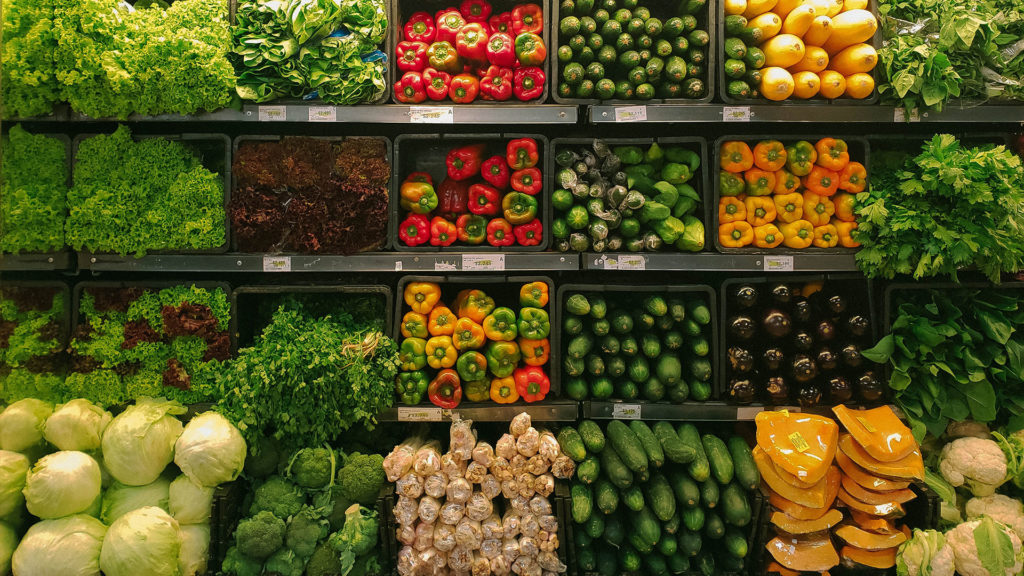Tips to Make Healthy Eating More Affordable

In honor of National Nutrition Month this March, below are some easy and helpful tips from the National Institute on Aging and WebMD to help you make the most of a limited grocery budget.
- Always ask about discounts. Most stores offer a senior discount and a loyalty or discount card. Oftentimes, signing up will get you coupons on top of the savings.
- Start with store brands; they usually cost less. They often contain the store’s name and are sometimes on higher or lower shelves rather than at eye level.
- Convenience always costs more. Whole chicken breasts will cost less than pre-sliced chicken, and a head of lettuce costs less that a bagged salad mix. Other examples include grating your own cheese and avoiding instant rice and instant oatmeal.
- For the best deal, compare unit prices. The cost per ounce or pound will show you the best value. This is typically listed near the price on the product label on the shelf or bin.
- Buy in bulk, smartly. Bigger packages will cost less, but make sure you can use all the food before it goes bad. If you can freeze the excess, then there is less to worry about.
- Focus on economical fruits and vegetables like bananas, apples, oranges, cabbage, sweet potatoes, dark-green leafy vegetables, green peppers and regular carrots. These will cost less than some of the other produce items.
- Do not buy foods you constantly find yourself throwing away. If you do not eat something regularly, it might be worth putting back.
- Avoid the checkout impulse buy. The snacks and candy are individually packaged and thus will cost more in addition to being less healthy.
For those that need a little more help, there are many food assistance programs available. In addition to helping people afford food, they can help seniors with the task of preparing meals. Below are a few examples of places to contact regarding these programs:
- Meals on Wheels America or call 1.888.998.6325
- Eldercare Locator or call 1.800.677.1116
- Federal and state benefit information or call 1.800.333.4636
- National Council on Aging or call 1.571.527.3900
The following list of nutritious food contains items that cost less than $2 per package and can help you kickstart a healthy, yet affordable lifestyle. For more resources to help with shopping and food costs, visit NIA’s healthy eating resources.
- Brown rice
- Whole-wheat or multigrain pasta with marinara sauce
- 100% whole-wheat bread or whole wheat pita bread
- Nonfat Greek yogurt (Buy large containers and store brands for biggest savingss)
- Old-fashioned oats
- Frozen vegetables
- Russet potato
- Fresh bagged spinach
- Canned beans
- Canned tuna
- Eggs or store-brand egg substitutes
- Frozen edamame (soybeans)
- Dried lentils
For more information on healthy eating on a budget, feel free to explore the below sources.
- Eldercare Locator
677.1116 (toll-free)
eldercarelocator@n4a.org
https://eldercare.acl.gov - USDA Food and Nutrition Information Center
National Agricultural Library
504.5755
fnic@ars.usda.gov
www.nal.usda.gov/fnic - BenefitsCheckUp
527.3900
www.benefitscheckup.org - National Association of Nutrition and Aging Services Programs
682.6899
www.nanasp.org




